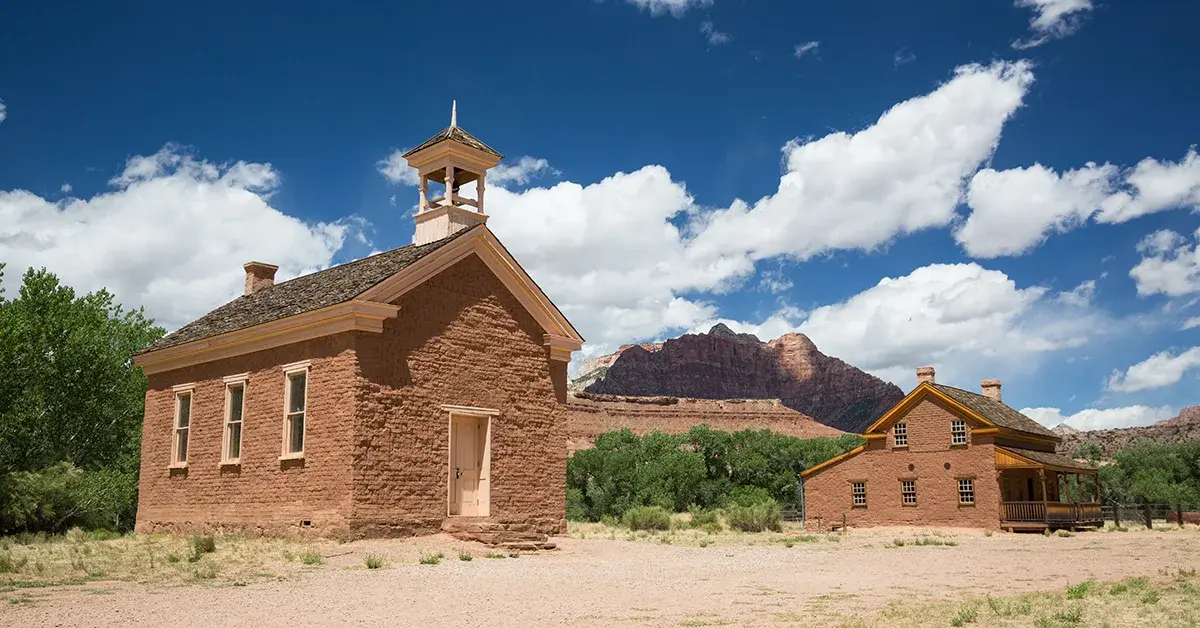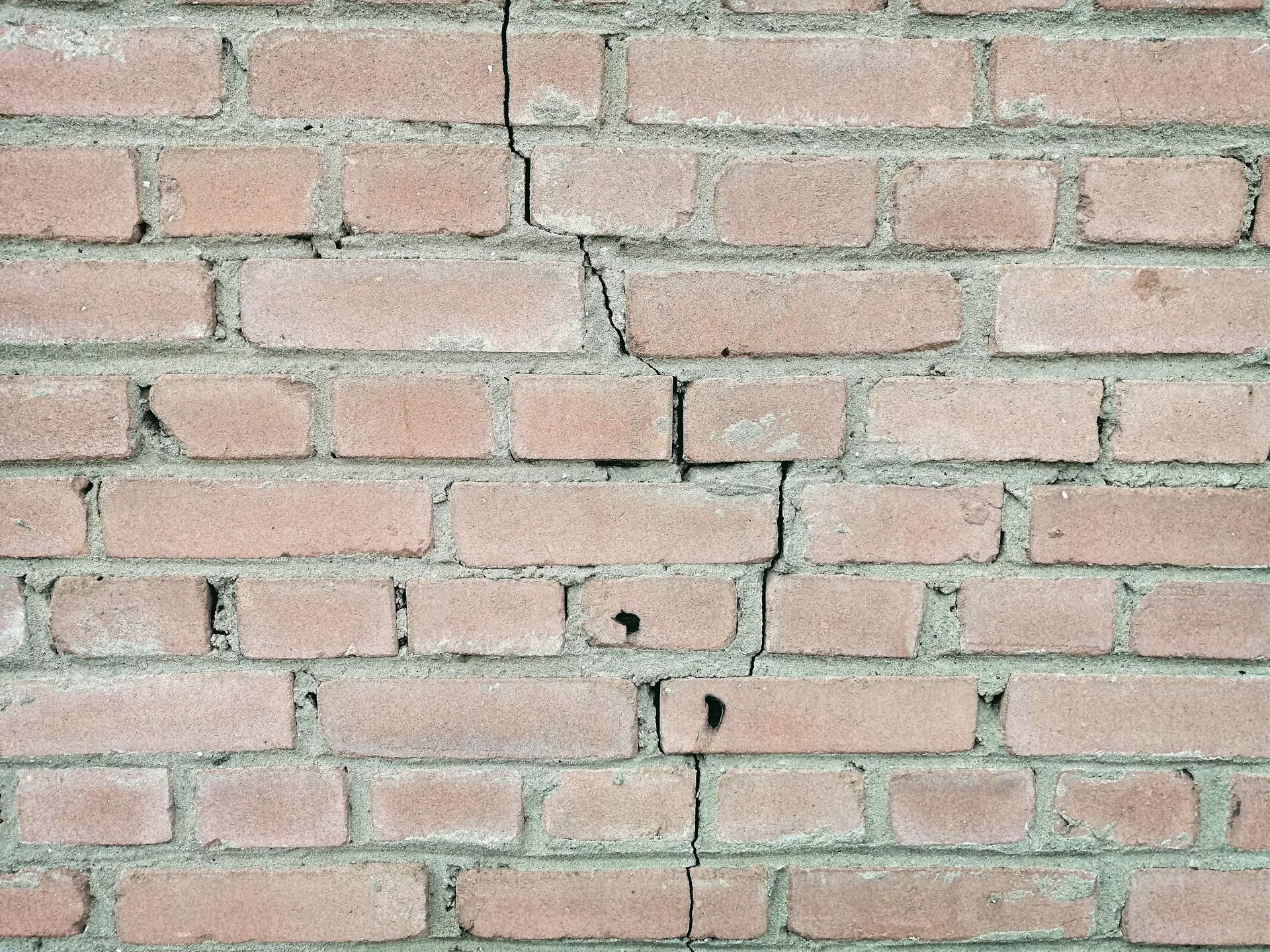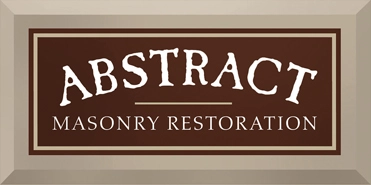In today’s world, there’s a noticeable shift away from traditional brick-and-mortar construction towards newer materials and methods, such as wood-frame construction. This shift can be largely attributed to evolving economic, cultural, and environmental factors. In today’s world, you’re more likely to see homes constructed from:
- steel
- wood
- cement
- stucco
While brick, once a go-to building material for its fire-resistant properties and long-lasting nature, still holds a certain charm, the realities of contemporary housing construction present challenges that make brick less popular. High labor costs, time-consuming installation, and repair difficulty are just a few reasons why builders and homeowners are opting for other materials.
In this post, we’ll explore these complexities and shed some light on why the once ubiquitous brick house is becoming less common in the modern landscape.
The Cost Implications of Brick Construction
Following World War II, societal trends started to pivot away from the use of brick in housing construction due to mid-century consumers’ desire for suburban homes that stood apart aesthetically from their urban counterparts. Plus, changes in building codes meant that using brick was no longer a requirement, which meant less demand for the material as well as the masons needed for its installation.
The current economic landscape further underscores this shift. In today’s housing market, masonry construction is no longer a cost-effective option. Utilizing steel for building is a more economical alternative compared to hiring masons, buying bricks, and the costs of installation.
Environmental Impact: Understanding the Consequences
The environmental impact of brick construction is another factor that contributes to its declining role in housing construction. Most people don’t realize taht bricks must be fired in kilns, a process that typically uses fossil fuels. The burning of these fuels releases carbon dioxide into the atmosphere, contributing to the ongoing climate crisis.
On the other hand, wood, a popular alternative, is both abundant and sustainable. It can be regenerated with relative ease, and notably, it serves as a carbon sink, absorbing carbon dioxide from the atmosphere. Wood retains this absorbed carbon even after being harvested, only releasing it if burnt or allowed to decay. Additionally, wood is lighter than brick, stone, or concrete. It requires less effort when transporting, making it a more eco-friendly option overall when considering the entire life cycle of the material.
Time-Consuming Installation and Repair
Another key reason why brick isn’t as popular in housing construction these days is because of its time-consuming installation process. Compared to other materials, laying brick takes a considerable amount of time, and that means significantly higher labor costs. And, due to the weight and complexity of brick structures, repairs can also be even more costly and time-consuming.
Despite these challenges, brick still holds a certain appeal. Its durability and fire-resistant nature are features that continue to make it an attractive option for homeowners. There’s also no denying the aesthetic value of a classic brick house, which lends a timeless and elegant feel to any neighborhood or streetscape.
While brick has been a staple construction material for centuries, changes in building codes, economic factors, and environmental considerations have resulted in its gradual decline in modern housing construction. But the charm and benefits of brick still make it a desirable option for many homeowners.
With advancements in technology and techniques, we may see a revival of this classic building material in the future. But for now, it seems that brick houses will remain a less common sight in housing developments. So, while homes made of structural brick may be rarer these days, they still hold a special place in our hearts and memories as a symbol of timeless craftsmanship and enduring quality.







